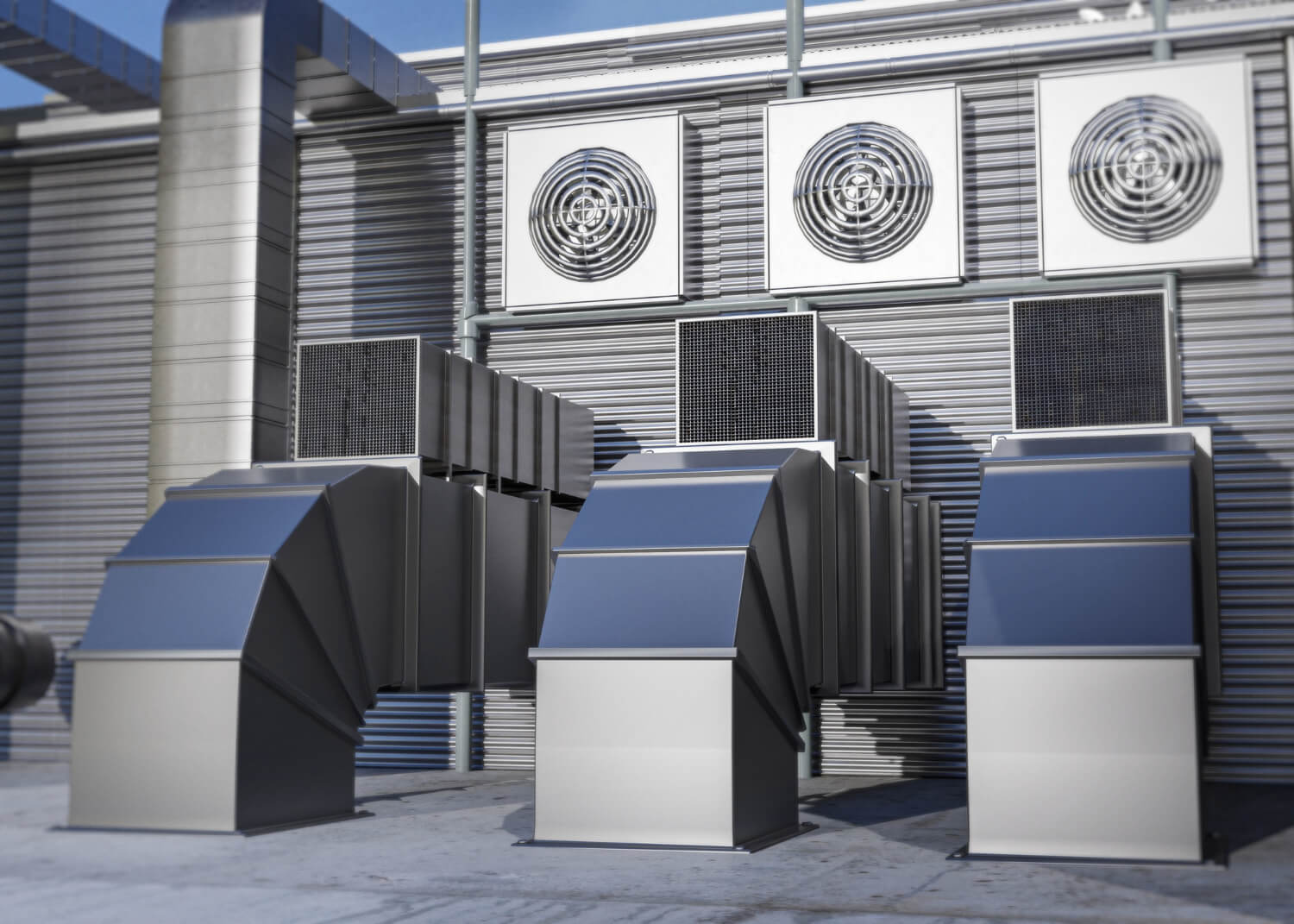
In the ever-evolving landscape of commercial HVAC systems, the integration of advanced controls marks a significant leap forward. Beyond conventional thermostat-based approaches, these sophisticated controls offer a cost-effective solution for businesses aiming to enhance efficiency, reduce operational costs, and create a climate-controlled environment tailored to their specific needs. In this blog post, we delve into the pragmatic advantages of advanced controls in commercial HVAC systems, shedding light on how this technology can be a strategic investment for businesses of all sizes.
Precision Temperature Management
Advanced controls introduce precision temperature management, allowing businesses to fine-tune HVAC settings with unparalleled accuracy. This level of control ensures that spaces are maintained at optimal temperatures, eliminating the need for unnecessary heating or cooling and, consequently, reducing energy consumption and costs.
Dynamic Setpoint Adjustments
The ability to make dynamic setpoint adjustments is a hallmark feature of advanced controls. Instead of adhering to fixed temperature settings throughout the day, businesses can adapt HVAC parameters based on real-time occupancy, external conditions, or specific operational requirements. This flexibility optimizes energy use and aligns HVAC operations with actual needs.
Energy-Efficient Scheduling
Advanced controls enable sophisticated scheduling options, allowing businesses to align HVAC operations with peak occupancy hours. By automating temperature adjustments during non-peak times, energy-efficient scheduling ensures that heating and cooling systems are active when needed and scaled back when demand is lower, resulting in cost savings.
Optimized Ventilation Strategies
Ventilation is a critical aspect of indoor air quality, and advanced controls take this into account. These systems offer optimized ventilation strategies, adjusting airflow rates based on occupancy and air quality parameters. This targeted approach not only ensures a healthier indoor environment but also minimizes energy waste associated with unnecessary ventilation.
Fault Detection and Diagnostics
Advanced controls incorporate fault detection and diagnostics, providing businesses with real-time insights into HVAC system performance. Early detection of issues allows for prompt maintenance, preventing potential breakdowns and reducing repair costs. This proactive approach contributes to the overall cost-effectiveness of HVAC operations.
Remote Monitoring and Management
The ability to monitor and manage HVAC systems remotely is a game-changer in today’s interconnected world. Advanced controls facilitate remote monitoring, enabling businesses to track system performance, receive alerts for potential issues, and make adjustments from anywhere with an internet connection. This capability reduces the need for on-site interventions, saving time and operational expenses.
Integration with Building Automation Systems (BAS)
Advanced controls seamlessly integrate with Building Automation Systems (BAS), creating a unified approach to building management. This integration allows for synchronized control of various building functions, promoting synergy among systems and optimizing overall operational efficiency.
Adaptive Learning Algorithms
Some advanced controls employ adaptive learning algorithms that analyze historical data and user behaviors. Over time, these systems learn patterns and preferences, optimizing HVAC settings to align with occupants’ comfort requirements. This adaptive approach enhances efficiency by anticipating and responding to changing conditions.
Customized Reporting and Analytics
Businesses benefit from detailed reporting and analytics provided by advanced controls. These insights into energy usage, system efficiency, and performance metrics empower informed decision-making. Businesses can identify trends, assess the impact of adjustments, and implement strategies for continuous improvement.
Scalability for Future Growth
As businesses evolve and spaces expand, the scalability of advanced controls becomes crucial. These systems are designed to accommodate future growth, allowing for seamless integration of additional HVAC units or modifications to the existing infrastructure. The scalability ensures that the investment in advanced controls remains relevant and cost-effective in the long run.
Conclusion
Advanced controls represent a cost-effective approach to commercial HVAC system management, offering a spectrum of benefits from precision temperature control to fault detection and remote monitoring. By investing in this technology, businesses not only optimize energy use and reduce operational costs but also position themselves for a future of scalable, adaptive, and efficient climate control. As the commercial landscape continues to evolve, the adoption of advanced controls emerges as a strategic choice for businesses seeking a competitive edge in cost-effective HVAC operations.